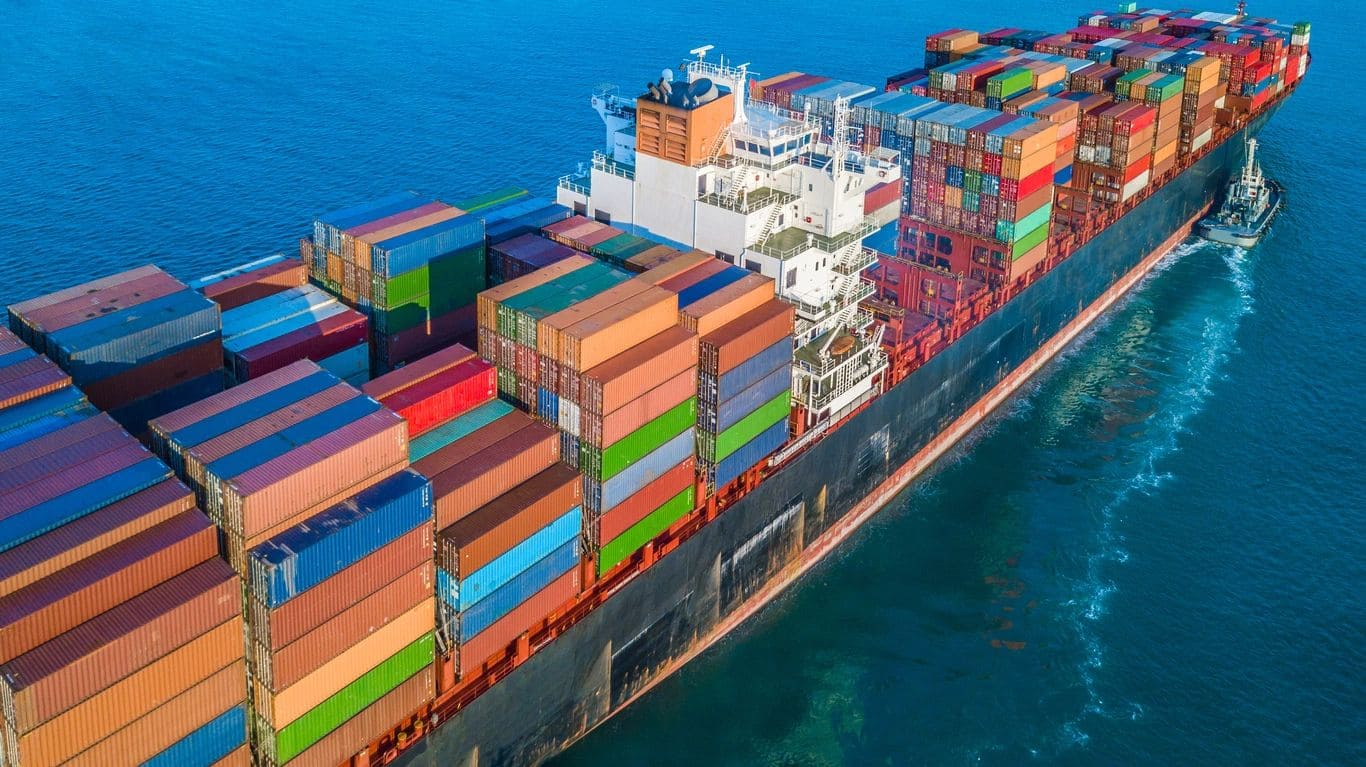In an increasingly interconnected world, the question of safety in transportation has never been more pertinent. As individuals and businesses alike seek to optimize their travel methods, understanding the nuances of various transportation modes becomes essential. This article delves into the multifaceted aspects of transportation safety, examining statistical data, technological advancements, and regulatory frameworks to determine what truly constitutes the safest mode of transportation.
Understanding Transportation Safety
Transportation safety can be defined as the measures and protocols in place to prevent accidents and ensure the well-being of passengers and cargo. Safety is influenced by a myriad of factors, including the mode of transportation, infrastructure quality, regulatory oversight, and human behavior. To assess which mode is the safest, we must analyze various forms of transportation: air travel, rail, road, and maritime.
Air Travel: The Pinnacle of Safety
Statistically, air travel is often cited as the safest mode of transportation. According to the National Safety Council, the odds of dying in a plane crash are approximately 1 in 11 million. This remarkable safety record can be attributed to several factors:
- Stringent Regulations: Aviation is one of the most heavily regulated industries globally. Organizations such as the Federal Aviation Administration (FAA) and the International Civil Aviation Organization (ICAO) enforce rigorous safety standards.
- Advanced Technology: Modern aircraft are equipped with cutting-edge technology, including collision avoidance systems, advanced navigation tools, and real-time monitoring systems that enhance safety.
- Highly Trained Personnel: Pilots undergo extensive training and recurrent evaluations to ensure they are prepared for any situation. Additionally, air traffic controllers play a crucial role in maintaining safety in the skies.
Rail Transportation: A Close Contender
Rail transportation is another mode that boasts impressive safety statistics. According to the Bureau of Transportation Statistics, the fatality rate for rail travel is significantly lower than that of road travel. Key factors contributing to rail safety include:
- Dedicated Infrastructure: Trains operate on dedicated tracks, minimizing the risk of collisions with other vehicles. This separation from road traffic significantly reduces the likelihood of accidents.
- Automated Systems: Many rail systems utilize advanced signaling and control technologies that enhance safety and efficiency. Positive Train Control (PTC) systems, for instance, can prevent accidents caused by human error.
- Robust Maintenance Protocols: Rail companies are required to adhere to strict maintenance schedules, ensuring that trains and tracks are in optimal condition.
Road Transportation: The Challenge of Safety
While road transportation is the most commonly used mode, it is also the most dangerous. The National Highway Traffic Safety Administration (NHTSA) reports that in 2020, there were approximately 38,680 fatalities due to motor vehicle crashes in the United States alone. Factors contributing to road safety challenges include:
- Human Error: A significant percentage of road accidents are attributed to human factors such as distracted driving, speeding, and driving under the influence.
- Variable Conditions: Road conditions can vary dramatically due to weather, construction, and traffic patterns, making it difficult to maintain consistent safety levels.
- Inconsistent Regulations: Unlike aviation and rail, road safety regulations can vary widely between jurisdictions, leading to disparities in safety standards.
Maritime Transportation: Safety at Sea
Maritime transportation, while often overlooked, also presents unique safety considerations. The International Maritime Organization (IMO) has established comprehensive safety regulations that govern shipping operations. Key aspects include:
- Safety Management Systems: The implementation of the International Safety Management (ISM) Code requires shipping companies to develop safety management systems that enhance operational safety.
- Advanced Navigation Technology: Modern vessels are equipped with sophisticated navigation and communication systems that improve situational awareness and reduce the risk of accidents.
- Emergency Preparedness: Crew members undergo extensive training in emergency procedures, ensuring they are prepared to respond effectively to incidents at sea.
Conclusion: The Safest Mode of Transportation
In conclusion, while air travel consistently ranks as the safest mode of transportation based on statistical data, rail transportation also presents a compelling case for safety. Road transportation, despite its prevalence, poses significant risks primarily due to human error and variable conditions. Maritime transportation, while generally safe, requires adherence to strict regulations and preparedness for emergencies.


